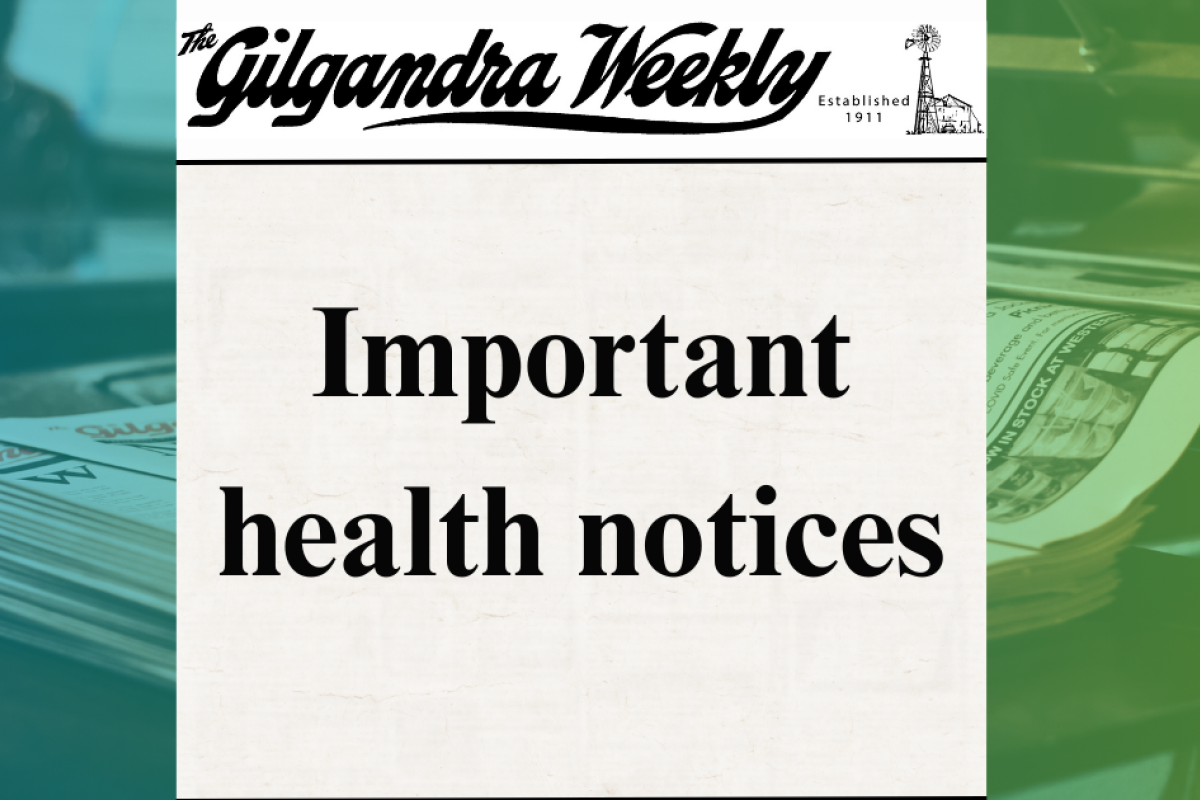Community & Business
20 November, 2024
Latest government data reveals shortfalls in rural healthcare research
Workforce issues continue to impact rural health

A recent report has highlighted the importance of supporting the rural, regional and remote health workforce through strategic and targeted measures, to ensure rural Australians enjoy the same health benefits as their metropolitan counterparts.
According to the latest findings by the Department of Health and Aged Care of Australia’s audit report, only 13 per cent of the health and medical workforce is located in regional, rural or remote areas.
The National Rural Health Alliance says that figure is insufficient to serve Australia’s rural-based population, which is estimated at 30 per cent.
The National Rural Health Alliance comprises 53 national organisations committed to improving the health and wellbeing of over seven million people living in rural and remote Australia.
The report also points to the underrepresentation of researchers in regional and remote areas, and the additional barriers for regional researchers in their attempts to further develop regional, rural and remote health policy.
National Rural Health Alliance Chief Executive, Susi Tegan, said that the lack of medical research conducted in regional Australia is worrying, considering communities in these areas required tailored and ongoing support unique to those living in rural and remote areas.
“The underrepresentation of rural researchers is worrying given that rural communities face distinct health challenges that require tailored and place-based solutions,” she said.
“The disparity in workforce distribution highlights barriers in participation in health research for regional researchers.”
The report’s key finding is that the health and medical research workforce is highly mobile, moving in jobs just over every one and a half years.
The Alliance says this suggests with proper funding at a State and Federal level, researchers may be willing to move to rural areas.
“We call on the government to address the health needs of rural, regional and remote populations by increasing funding access, providing targeted training and development as well as opportunity for collaborative networks to the regional workforce and researchers, so that all Australians enjoy the same health benefits,” Ms Tegan concluded.


